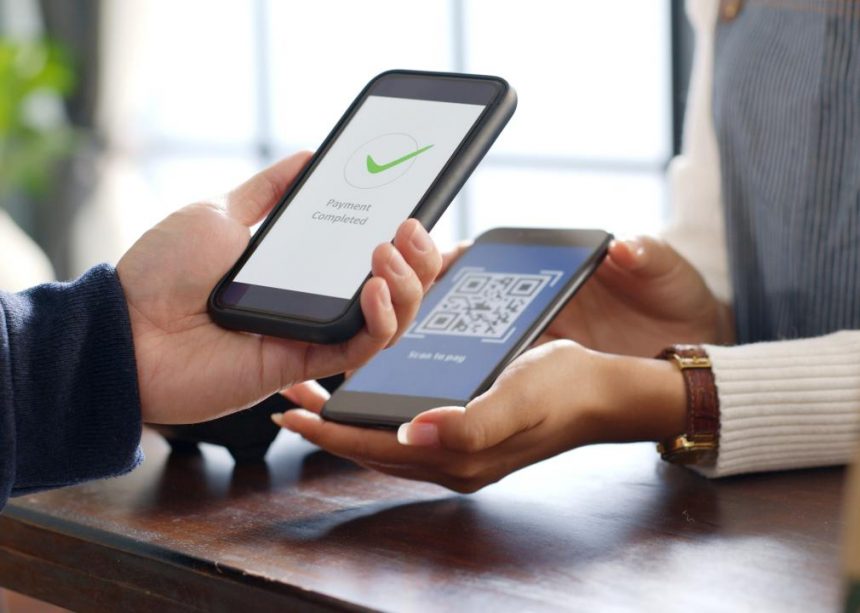By Oct 2023, UPI powers 75 PC of retail digital payments in India
Connecting 300 million users and 50 million merchants
Srinagar, Dec 07: The Unified Payments Interface (UPI), launched in 2016 by the National Payments Corporation of India (NPCI), has emerged as a cornerstone of financial inclusion and access to credit in India.
By seamlessly integrating digital payments with open banking principles, UPI has enabled users to establish verifiable financial transaction histories, bridging the gap between traditional banking systems and underserved populations, particularly those without prior credit histories.
UPI’s rise has been nothing short of meteoric. By October 2023, it accounted for 75% of all retail digital payment transactions in India, facilitating over 10 billion transactions each month. With more than 300 million individual users and 50 million merchants, UPI has penetrated every corner of the Indian economy—from small roadside vendors to large retailers. Its success is rooted in a robust digital infrastructure, supported by a series of complementary initiatives.
NPCI, a quasi-government entity, played a key role in UPI’s development, ensuring it remains free for both consumers and merchants. Complementing this, the Pradhan Mantri Jan Dhan Yojana (PMJDY) and the advent of affordable internet services by Reliance Jio laid a strong foundation for UPI’s widespread adoption. Data from Rising Kashmir reveals that credit access in India has long been constrained by limited credit histories, with 82% of the adult population classified as underserved or unserved by formal credit markets as of 2022.
UPI has been instrumental in addressing this gap, allowing lenders to assess borrowers based on their digital transaction histories. From 2015 to 2019, the impact was profound: loan growth and credit extended to subprime and new-to-credit borrowers surged by 15% in regions with high UPI adoption.
Fintech lenders, leveraging UPI data, saw a 40-fold increase in loans to subprime borrowers, compared to just a 14% growth by traditional banks. Fintech companies prioritized new-to-credit customers, accounting for a significant portion of the 40% rise in loans across underserved regions.
The relationship between UPI adoption and traditional banking inclusion is equally striking. Areas with higher PMJDY account penetration saw a sharper increase in credit access, highlighting the synergies between these two initiatives. By 2016, 99% of Indian households had access to bank accounts, a critical prerequisite for utilizing UPI.
The geographic reach of UPI has been equally impressive. In areas with early adoption, credit to underserved borrowers rose by 11%, showcasing UPI’s potential to unlock financial access for marginalized communities. The entry of Reliance Jio into the market in 2016 was a game-changer, drastically reducing internet data costs from ₹228 per GB in 2015 to just ₹9 per GB by 2020. This dramatic decrease in data costs enabled millions of people to access digital payment platforms like UPI.
Fintech lending in regions with early Jio adoption saw exponential growth. High-exposure pin codes reported a 102-fold increase in loans to new-to-credit customers. Moreover, the average distance to a reliable 4G tower dropped from 15.1 km in 2016 to just 2.1 km by 2020, further lowering barriers to UPI adoption.
UPI has had far-reaching implications for the broader economy. Small-ticket loans facilitated by UPI have empowered micro-enterprises and boosted consumption. While fintech lenders have focused on serving underserved borrowers, traditional banks have expanded their services to prime borrowers in rural and semi-urban areas. By 2019, fintech loans to underserved borrowers were comparable to those issued by banks, marking a significant shift in the lending landscape.
Despite its success, UPI faces ongoing challenges. Ensuring the sustainability of its zero-cost model for users, while maintaining robust cybersecurity, remains a critical concern. Policymakers are exploring the possibility of introducing nominal transaction fees to support infrastructure maintenance and prevent overuse.
Globally, UPI’s model has garnered attention as a replicable blueprint for financial inclusion. Policymakers from countries such as the U.S. and organizations like the World Bank have lauded its design. UPI stands as a case study for leveraging digital infrastructure to drive inclusive growth.
As UPI continues to evolve, it holds the potential to further strengthen India’s financial ecosystem and provide a scalable solution to long-standing challenges in credit access. By integrating open banking, digital payments, and affordable connectivity, UPI has empowered millions of underserved individuals and businesses. With its continued growth, UPI is not only reshaping financial inclusion in India but also setting an example for the rest of the world.
Key Data Highlights:
15% increase in credit in high UPI adoption regions
102x rise in loans to new-to-credit borrowers in UPI areas
Internet data costs dropped from ₹228/GB in 2015 to ₹9/GB in 2020
UPI now drives 75% of retail digital payments in India









